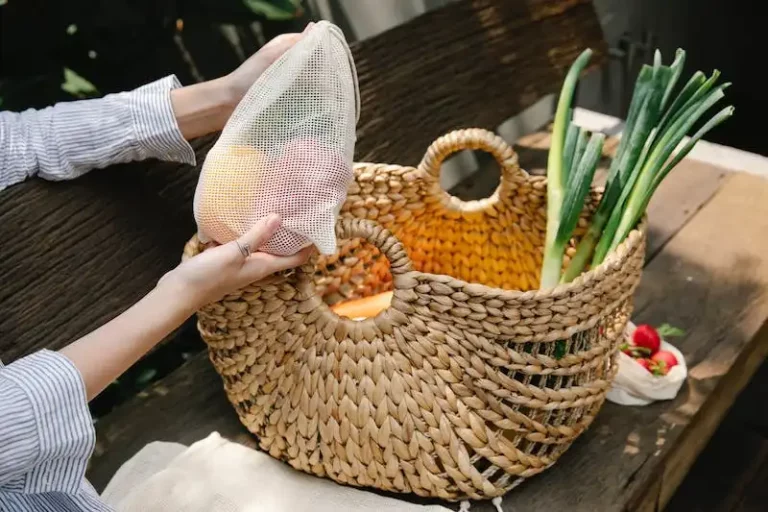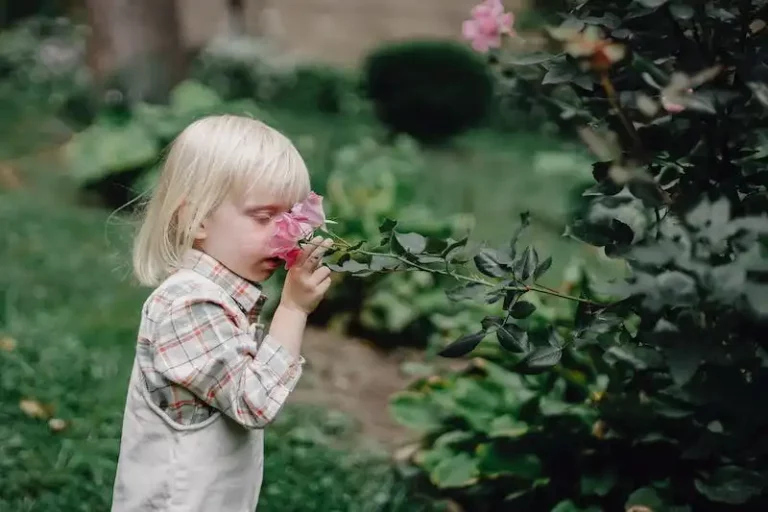Pruning is a reduced of a tree’s growth and is an important part of tree care and management. Pruning pear trees is necessary to improve fruit production, control their size, and maintain their health. There are several pruning techniques that can be utilized to achieve these goals, and this article will provide a step-by-step guide on how to properly prune pear trees.
Firstly, it is important to start pruning pear trees when they are young. This allows for the proper training and shaping of the tree as it grows. Pruning should be done during the late winter or early spring, before new growth begins. This timing ensures that the tree has time to heal and minimize the risk of disease or pests.
When pruning pear trees, it is important to remove any dead, damaged, or diseased branches. These branches can limit the tree’s overall health and production. Additionally, any branches that are crossing or rubbing against each other should be removed to prevent them from causing further damage. Pruning also involves thinning out the tree to allow for better air circulation and light penetration, which will help reduce the risk of diseases and improve fruit quality.
Pruning pear trees also involves the selective removal of branches to create an open center or modified central leader structure. This allows light and air to reach all parts of the tree and promotes better fruit production. To achieve this, first identify any water sprouts, which are vigorous vertical shoots that grow from the trunk or main branches. These should be removed as they divert energy from fruit production. Then, identify any lateral branches that are growing towards the center of the tree and remove them as well.
In order to guide the growth of the pear tree, it is important to use supports such as twine or spreaders. These can be attached to the tree to train branches and create an ideal shape. Additionally, pruning pear trees involves the creation and maintenance of spurs, which are short, stubby branches that produce fruit buds. These spurs should be encouraged by removing branches that are growing above or below them.
In conclusion, pruning pear trees is an important part of tree care and management. It helps maintain the health and quality of the tree, while also improving its fruit production. By following the proper pruning techniques and guidelines, pear trees can be trained and shaped to maximize their potential and provide an abundant harvest. Remember to always consult and follow specific pruning guides and techniques for the particular variety of pear tree you are growing.
Source: Musacchi, Stefano. “Pruning Young Pear Trees.” Newsletter of the Bartlett Tree Research Laboratories (Bradshaw and Thompson). 2nd and 3rd Quarters, 1991.
Bartlett Pear Pruning
Pruning Bartlett pear trees is essential for their overall health and productivity. With proper pruning, you can help maintain the shape of the tree and encourage fruit production. Here are some tips on how to prune Bartlett pear trees:
1. Remove any dead or diseased branches: Start by removing any individual branches that are dead or diseased. This will help prevent the spread of disease to others parts of the tree.
2. Thin out crowded branches: Remove any branches that are crowding the center of the tree, as this can limit air circulation and make the tree more susceptible to disease. Thin out the branches by removing them at their base.
3. Prune for shape: Prune the branches at angles just above a bud or lateral branch to promote growth in that direction. This will help maintain the overall shape of the tree and prevent it from becoming too dense.
4. Prune in late winter or early spring: It’s best to prune Bartlett pear trees in late winter or early spring, before new growth begins. This will allow the tree to heal from any pruning wounds and encourage new growth.
5. Remove any suckers or water sprouts: Suckers and water sprouts are weak, vertical shoots that grow from the base or main limbs of the tree. These should be removed as they can divert energy away from the main tree and reduce fruit production.
6. Leave some fruiting spurs: Fruiting spurs are small, stubby branches where the fruit forms. It’s important to leave some of these spurs on the tree to ensure adequate fruit production in the following year.
7. Train young trees: For young Bartlett pear trees, it’s important to train them by removing any competing branches and creating a strong central leader. This will help the tree grow strong and healthy.
Remember: Pruning Bartlett pear trees requires careful management and knowledge of the tree’s growth habits. If you’re unsure, it’s always wise to consult a gardening expert or refer to a reliable pruning guide.
Sources: This information has been written based on the known training techniques for Bartlett pears, as well as the personal experiences of horticultural experts such as Mandy Bradshaw. For more detailed information, refer to the newsletter and blog posts on example.com.
Leave a Reply Cancel reply
Pruning pear trees is essential for maintaining the health and productivity of the trees. To ensure the best fruit quality and higher yields, it is important to prune them properly. One important aspect of pruning is knowing when and how to leave a Reply Cancel reply.
In the early years of a pear tree’s growth, it is important to focus on training the young tree and developing a strong framework of branches. During this time, it is recommended to leave the main leader intact, with some smaller lateral branches coming off at wider angles. These branches will serve as guides for future growth, and they will become the main scaffolding branches of the tree.
As the pear tree grows and matures, it will start to produce fruit. The vigor of the tree’s growth will shift from the apical tips to the fruiting spurs. These spurs are the areas where the flowers and fruit will develop. It is important to leave these spurs intact during pruning, as removing them can reduce the tree’s fruiting capacity.
When pruning pear trees, it is also important to remove any dead, damaged, or diseased branches. These branches can break easily and are more susceptible to disease, which can spread to other parts of the tree. Removing them will ensure the overall health of the tree and prevent the spread of any potential problems.
Another important aspect of pruning pear trees is managing their size and shape. Pear trees naturally tend to grow vigorously, and if left unpruned, they can become too large and difficult to manage. Pruning helps to control their size and shape, making it easier to harvest the fruit and maintain the overall health of the tree.
In addition to managing the size and shape, pruning pear trees also helps to open up the canopy and improve air circulation. This reduces the risk of disease, as well as improves fruit quality and ripening. Pruning also helps create a strong and sturdy framework, helping the tree withstand strong winds and heavy fruit loads.
The best time to prune pear trees is during winter when the tree is dormant. This allows for better visibility of the tree’s structure and makes it easier to identify which branches to remove. It is recommended to remove any branches that are crossing, rubbing, or growing inwards towards the center of the tree. Pruning during winter also helps to stimulate new growth in the spring.
In conclusion, leaving a Reply Cancel reply requires careful pruning techniques and considerations. By following the proper pruning practices, pear trees can be maintained in a healthy and productive state for many years to come.
How to prune pear trees
Pruning pear trees is an essential activity for maintaining their health and productivity. By pruning each pear tree in March, you can control their shape and encourage better fruiting.
When pruning pear trees, focus on removing any dead or diseased branches. It’s also important to thin out crowded areas to provide enough space for proper growth and allow sunlight to reach all parts of the tree. Trim sprouts that grow below the graft line, which can help limit the spread of disease.
One technique for pruning pear trees is the central leader system. This involves selecting a central trunk and removing any competing leaders. Train the main limbs to grow outward at a 45-degree angle to achieve an open shape and allow air and sunlight to penetrate the canopy. Remove any limbs that cross or rub against each other.
In spring, once the pear trees have started to grow, prune the branches according to the desired shape and size. Many experts recommend following the guidelines written by Gregory Lang in his book “The Complete Idiot’s Guide to Pruning and Training Trees”. Lang suggests leaving about 12-15 inches between lateral branches and removing any that are too close together.
The pruning technique for Bartlett pears may differ slightly. Bartlett pears are naturally vigorous growers and tend to be spreaders. To encourage an upright growth habit, prune the branches to an upward-pointing bud. Thin out excessive fruiting spurs to allow for larger fruit size. Also, thin out excessive vertical sprouts in the center of the tree to maintain good airflow.
Some pear trees, such as the Bradshaw variety, may require less pruning. These trees naturally have a more compact growth habit with shorter branches and smaller fruit. Simply remove any dead or diseased wood, as well as any branches that are crossing or rubbing against each other.
Remember that pruning is not a one-time activity. It’s a seasonal practice that should be done during the dormant winter months. However, avoid pruning pear trees too late in the winter, as it can result in excessive sap flow and stress on the tree.
Overall, pruning pear trees helps shape their growth, maintain their health, and promote better fruit production. By following proper pruning techniques and recommendations from trusted sources, you can keep your pear trees thriving for years to come.
| Expert Tips: | Why it matters: |
|---|---|
| Prune pear trees only when they are dormant in late winter or early spring. | Pruning during the growing season can cause excessive sap flow and stress on the tree. |
| Remove branches that are crossing or rubbing against each other. They can cause wounds and allow for disease entry. | Proper spacing between branches promotes good airflow and prevents infection. |
| Thin out excessive fruiting spurs to promote larger fruit size and prevent overcrowding. | Allowing enough space for each fruiting spur ensures optimal growth and development of individual fruits. |
References:
1. Musacchi, Stefano. “Guidelines for Training and Pruning Apple and Pear Trees.” Washington State University Extension, November 2024.
2. Morgan, Larry K. “The Pruning Book.” Ten Speed Press, 2004.




